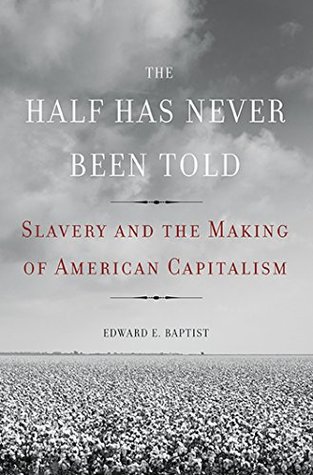course of the 1850s, cotton production and slave ownership became increasingly concentrated among those who owned fifteen or more slaves.38 This skewing of white southerners’ benefits from slavery and of their investment in it inspired forebodings in enslavers, practical political economists who depended on white unity. So did the continued southward shift of enslaved human beings. Perhaps the declining percentage of slaves and slave owners in the upper southern states would eventually lead to border-state legislatures filled with non-slaveholders, who might decide to impose emancipation.
Welcome back. Just a moment while we sign you in to your Goodreads account.


